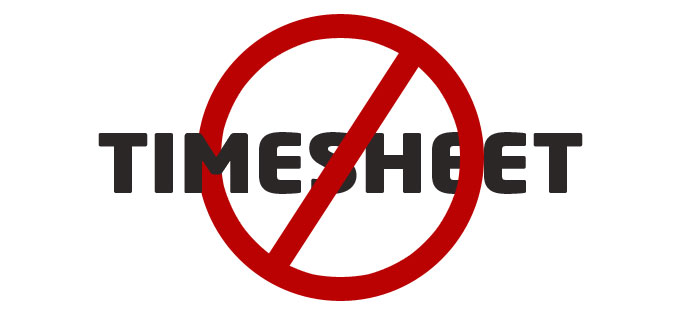As I embark on my journey, I have been thinking a ton about the setup of my office and office procedures. I have already made significant changes in my current situation to improve my processes. I feel like a kid in a candy store. Not just any candy store — imagine the biggest candy store in times square…..a ha, like the M&Ms store there, but times 100. My excitement is due to the options that are available for me to run my office as effectively as possible. In this post I am going to talk about a few I am considering.
Email: Hosted Exchange vs. Google
I have been on exchange for the past six years now and I respect the functionality and service it has provided. Rules, alerts, folders, searches, calendars have all been great to me and the way I work. I am not a huge fan of the contacts section; I have tried again and again to clean mine up, but have not been successful. My experience has been not with a hosted version, but a local Exchange server. With up to 13 people pecking at the server all at once, other than the occasional server fart or March madness, the responsiveness has been fair. My Gmail experience has been with a personal account only. When I began using Gmail, the threaded email feature annoyed the $#^* out of me. I have since changed my belief system on the threaded feature — it is great. I have tried to use as many of the settings as possible to get a feel for the functionality and they seem to work great. In addition, Google has come out with a business upgrade, called Google Apps. For $50 per user per year, you get the free Google subscription on steroids which connects to your domain. The Google setup makes sense to me. I could rave for days about the docs, picasa, calendar, reader, video, YouTube, groups, but I want to keep this short.
Leaning toward: Google Apps for Business
Tax Software: SaaS vs Local Environment
I would be a lying dog if in this section I told you I was considering a local environment. First, I can’t afford a server, plain and simple. I am not sure I can afford that slimboy cooling system we have in our server room. Folks, for a small firm (1-5 person team), to maintain servers in 2010, it is like an CPA opening a fish market, just plain insane. I can be up and running, full speed, for under $700 per month. SaaS is the way for me in this category.
Leaning toward: SaaS
Accounting Software: Hosted vs Local Quickbooks vs QBOE
This one is still up in the air. I have no personal experience with hosted or hosting QB for my clients. Everything I do is local and our server is littered with backups and copies of client files. I am staring to seriously explore the option of hosting QB, solely for the reason I am feeling a little anti-mega-server. I also believe I could better service my clients with a hosted environment. There is nothing better than cleaning up a live QB file, does anyone feel me??? While I have clients using QBOE, its not my favorite product out there. It serves its purpose, but I have expierenced some small nightmares with the online matching bank account. Word on the streets is QBOE will mirror the desktop soon. If that happens, I will reconsider my selection.
Leaning toward: Hosted
Audit Software: Office vs Engagement Organizer
This one comes down to cost vs. benefits. If I grow an audit practice to the point I need organizational software, I will purchase it. Currently, I have such a strong understading of word, excel, and the practice aids, it just does not make sense to invest. Engagement packages, I don’t care what the sales rep tell you, is nothing more than a expensive organizational tool. It keeps all your workpapers, checklist, etc in a nice little folders so next year you can ROLL forward. I’m not buying it yet.
Leaning toward: Office
Tax Research: Traditional Library vs Online
HA, sorry I had to put that one in there. Ok, seriously, I ideally would like my tax research software to sync with my tax software. My experienced has only been with the same suite research software and it works well.
Leaning toward: Online

